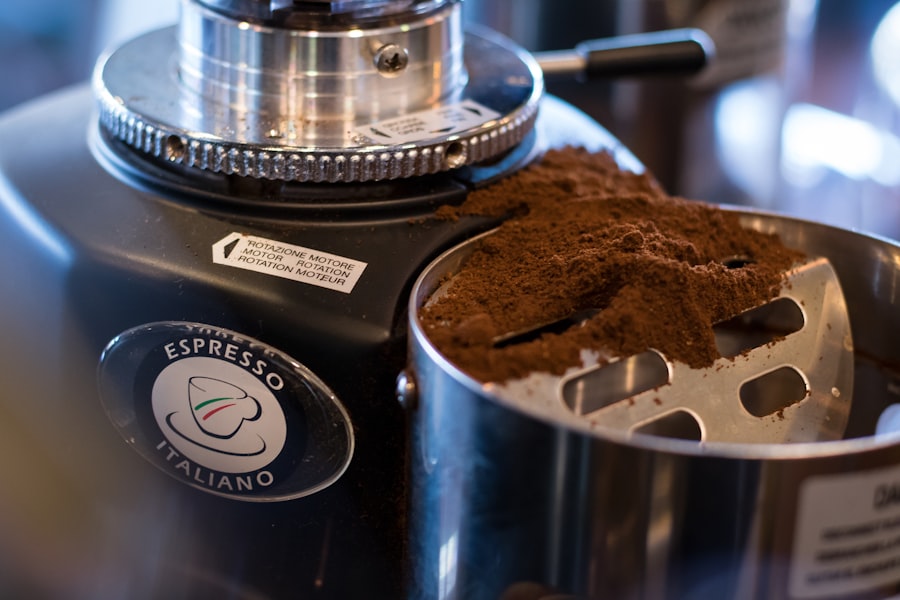When it comes to the world of hair services, tipping is often a topic that generates a lot of questions and confusion. You may find yourself wondering what the standard practice is when it comes to showing appreciation for your stylist’s hard work. Generally, the accepted norm in many places is to tip between 15% to 20% of the total service cost.
This percentage can vary based on several factors, including the quality of service you received and the specific salon’s culture. Understanding this standard practice is essential, as it not only reflects your satisfaction but also supports the livelihood of those who work in the beauty industry. Tipping is more than just a customary gesture; it serves as a way to acknowledge the skill and effort that goes into your hair services.
Stylists often rely on tips as a significant part of their income, especially in establishments where base pay may be lower. By tipping appropriately, you contribute to their financial well-being and encourage them to continue providing excellent service. As you navigate your hair care journey, being aware of these practices will help you feel more confident in your decisions and interactions with your stylist.
Key Takeaways
- Understanding the standard practice: Tipping is a common practice in the hair industry and is a way to show appreciation for good service.
- Factors to consider when deciding the tip amount: Consider the quality of service, the complexity of the service, and the overall experience when deciding on the tip amount.
- Tipping etiquette for different hair services: Different hair services may require different tip percentages, such as 15-20% for haircuts and 20-25% for color treatments.
- How to calculate the tip percentage: Calculate the tip percentage by multiplying the total cost of the service by the desired tip percentage (e.g. 20%).
- Alternative ways to show appreciation: If tipping is not preferred, consider writing a positive review, referring friends, or bringing a small gift for the stylist.
- Tipping guidelines for different hair professionals: Different hair professionals, such as stylists, colorists, and assistants, may have different tipping guidelines based on their level of expertise and involvement in the service.
- Tipping in different hair salons and locations: Tipping practices may vary by salon and location, so it’s important to be aware of local customs and expectations.
- Handling unsatisfactory service and tipping: If the service is unsatisfactory, it’s important to address it with the stylist or salon manager before deciding on the tip amount.
Factors to Consider When Deciding the Tip Amount
Quality of Service
The quality of service you received is one of the most significant considerations. If your stylist went above and beyond to ensure you were satisfied, you might feel inclined to tip on the higher end of the spectrum. This could include taking extra time to consult with you about your desired look or providing personalized recommendations.
Complexity of the Service
Another important factor is the complexity of the service performed. For instance, a simple trim may warrant a different tip than a full color treatment or an intricate hairstyle for a special occasion. The time and effort invested by your stylist should be reflected in your tip amount.
Salon Environment and Pricing Structure
Additionally, consider the salon’s environment and pricing structure. Higher-end salons may have different expectations regarding tipping compared to more casual establishments. By taking these factors into account, you can make a more informed decision about how much to tip.
Tipping Etiquette for Different Hair Services

Different hair services often come with their own set of tipping etiquette that you should be aware of. For basic services like haircuts or blowouts, tipping around 15% to 20% is generally considered appropriate. If you’re visiting a salon for a more specialized service, such as coloring or highlights, you might want to increase your tip slightly, as these services typically require more skill and time.
In such cases, tipping 20% or even more can be a great way to show your appreciation for the stylist’s expertise. When it comes to additional services like treatments or styling for special occasions, consider tipping based on the total cost of all services rendered. If you received multiple services in one visit, calculate your tip based on the combined total rather than just one individual service.
This approach not only reflects the overall experience but also acknowledges the stylist’s effort in managing multiple tasks during your appointment. (Source: HuffPost)
How to Calculate the Tip Percentage
| Bill Amount | Tip Percentage | Tip Amount | Total Amount |
|---|---|---|---|
| 20 | 15% | 3 | 23 |
| 30 | 20% | 6 | 36 |
| 40 | 18% | 7.20 | 47.20 |
Calculating the tip percentage can be straightforward once you know how to approach it.
If your service cost $100 and you decide to tip 20%, simply multiply that amount by 0.20.
In this case, your tip would be $20. If math isn’t your strong suit, don’t worry—many people find it helpful to round up their total bill to make calculations easier. For example, if your bill is $95, rounding it up to $100 makes it simple to calculate a 20% tip as $20.
Another method is to use a tipping app or calculator available on smartphones, which can quickly compute the appropriate tip based on your desired percentage. This can be particularly useful if you’re in a hurry or if you’re unsure about how much to give. Regardless of how you choose to calculate it, ensuring that you take the time to determine an appropriate tip shows respect for the stylist’s work and dedication.
Alternative Ways to Show Appreciation
While monetary tips are a common way to express gratitude for good service, there are alternative methods you can consider as well. A heartfelt thank-you note can go a long way in making your stylist feel appreciated. Taking a moment to express your satisfaction with their work can leave a lasting impression and foster a positive relationship for future visits.
You might also consider leaving a positive review online or on social media platforms; this not only helps the stylist gain new clients but also boosts their professional reputation. Additionally, recommending your stylist to friends and family is another excellent way to show appreciation. Word-of-mouth referrals are invaluable in the beauty industry and can significantly impact a stylist’s career.
By sharing your positive experiences with others, you contribute to their success while also helping those in your circle find quality services.
Tipping Guidelines for Different Hair Professionals

Tipping guidelines can vary not only by service but also by the type of hair professional you are working with. For instance, if you’re visiting a salon where multiple professionals are involved—such as a stylist and an assistant—it’s customary to tip each person who directly contributed to your service. In this case, consider tipping your primary stylist 15% to 20% while offering a smaller amount (around $5) to the assistant who helped with washing or blow-drying.
If you’re receiving services from specialized professionals like colorists or extension specialists, it’s important to recognize their expertise as well. Tipping these professionals similarly—around 15% to 20%—is appropriate since they often have unique skills that enhance your overall experience. By understanding these guidelines, you can ensure that everyone involved in your hair care receives fair compensation for their work.
Tipping in Different Hair Salons and Locations
The culture surrounding tipping can vary significantly depending on the salon’s location and type.
In contrast, smaller towns or budget-friendly salons may have different norms where tipping might be less emphasized or expected at lower percentages.
It’s also worth noting that some salons have specific policies regarding tips; for example, they may include gratuity in larger group bookings or special events. Always check with the salon staff if you’re unsure about their tipping policy, as this can help avoid any awkward situations when settling your bill. Being aware of these regional differences will help you navigate tipping practices more effectively.
Handling Unsatisfactory Service and Tipping
Encountering unsatisfactory service can be frustrating, especially when you’ve invested time and money into your hair appointment. If you find yourself in this situation, it’s essential to approach it thoughtfully before deciding on your tip amount. If there were specific issues—such as miscommunication about your desired style or poor execution—consider discussing these concerns with your stylist before leaving.
A constructive conversation can sometimes lead to resolution and may even change how you feel about tipping. If after addressing your concerns you still feel dissatisfied with the service provided, it’s acceptable to adjust your tip accordingly. While it’s important to express appreciation for effort, you should also feel empowered to reflect your experience in your gratuity.
Remember that tipping is ultimately a personal choice; it should align with both your satisfaction level and the quality of service received. By handling these situations gracefully, you maintain professionalism while ensuring that your feedback is heard. In conclusion, understanding the nuances of tipping within the hair industry can enhance both your experience and that of your stylist.
By considering various factors such as service quality, complexity of tasks performed, and regional norms, you can make informed decisions about how much to tip. Whether through monetary tips or alternative expressions of gratitude, showing appreciation for skilled professionals helps foster positive relationships within this vibrant industry.
After getting a fresh new haircut, it’s important to show appreciation to your stylist by leaving a tip. But how much should you tip after a hair appointment? According to an article on



